Black D-Day combat medic’s long-denied medal tenderly laid on Omaha Beach where he bled, saved lives
Share
Explore Our Galleries
Breaking News!
Today's news and culture by Black and other reporters in the Black and mainstream media.
Ways to Support ABHM?
By John Leicester, Associated Press

OMAHA BEACH, France (AP) — A medal richly deserved but long denied to an African-American combat medic wounded on Omaha Beach in the D-Day landings was tenderly laid June 7 on the hallowed sands where he saved lives and shed blood.
U.S. First Army soldiers held a ceremony in honor of Waverly Woodson Jr. on the beach where he came ashore and was wounded, and where hundreds of American soldiers were killed by withering fire in the June 6, 1944, landings in Normandy, northern France.
The Distinguished Service Cross is the second-highest honor that can be bestowed on a member of the U.S. Army and is awarded for extraordinary heroism.
The medal was awarded posthumously to Woodson this month — just ahead of the 80th anniversary of D-Day — following years of lobbying for more recognition of his achievement on that fateful day.
U.S. First Army Maj. Gen. William Ryan gently placed the World War II-era medal on the sand, close to the spot where Woodson is thought to have come ashore on the now-peaceful beach that on D-Day was raked by German machine-gun and artillery rounds before U.S. forces finally captured it and started pushing inland.
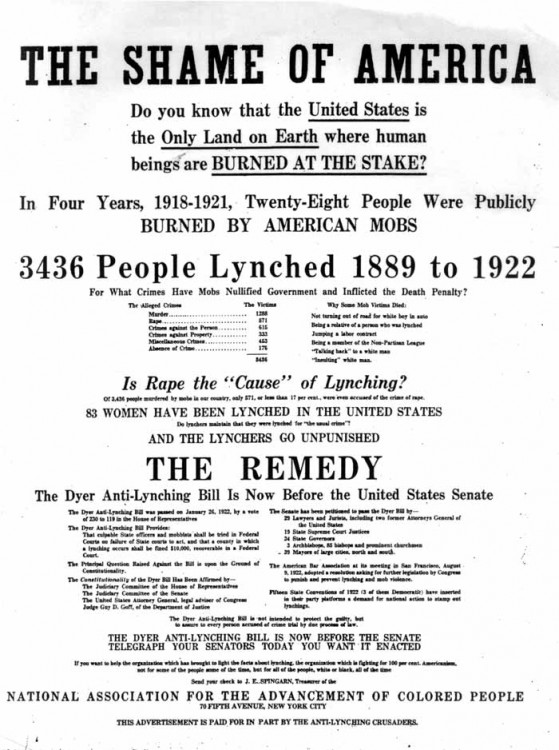
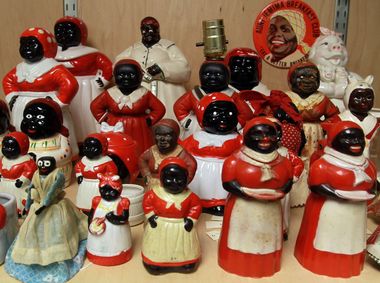


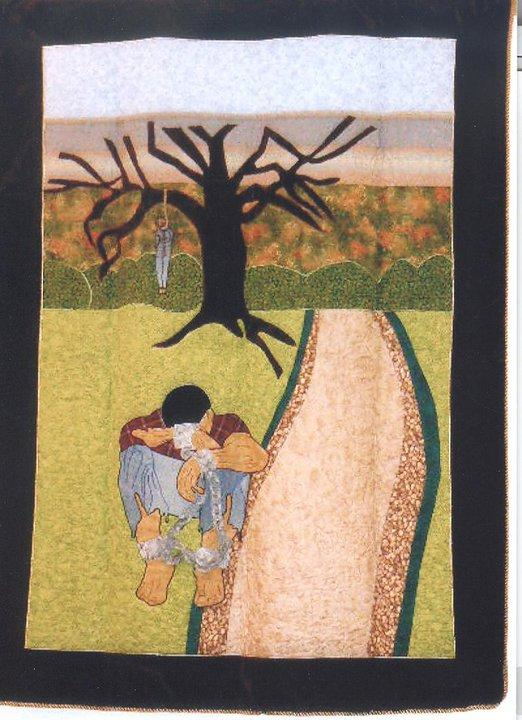
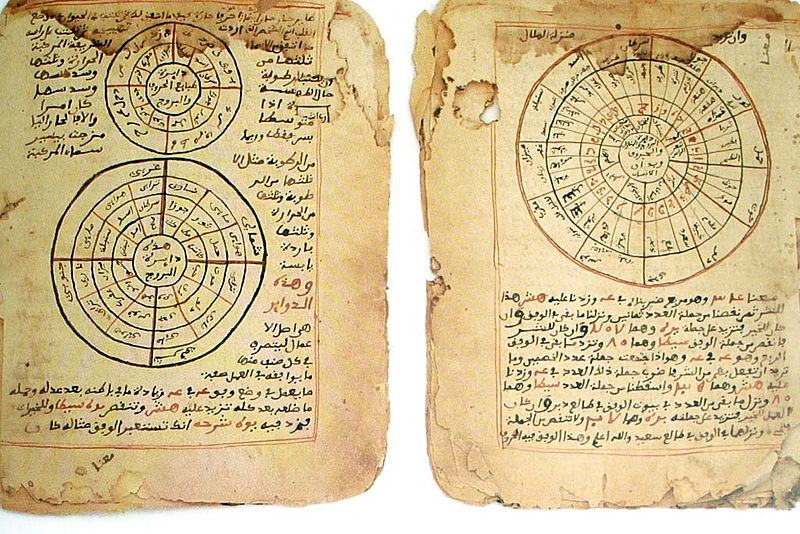
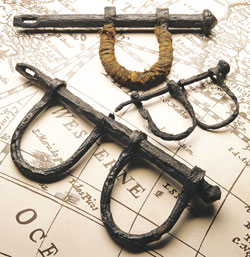


Comments Are Welcome
Note: We moderate submissions in order to create a space for meaningful dialogue, a space where museum visitors – adults and youth –– can exchange informed, thoughtful, and relevant comments that add value to our exhibits.
Racial slurs, personal attacks, obscenity, profanity, and SHOUTING do not meet the above standard. Such comments are posted in the exhibit Hateful Speech. Commercial promotions, impersonations, and incoherent comments likewise fail to meet our goals, so will not be posted. Submissions longer than 120 words will be shortened.
See our full Comments Policy here.